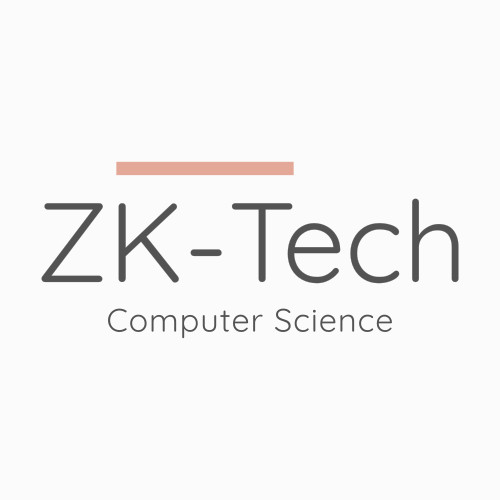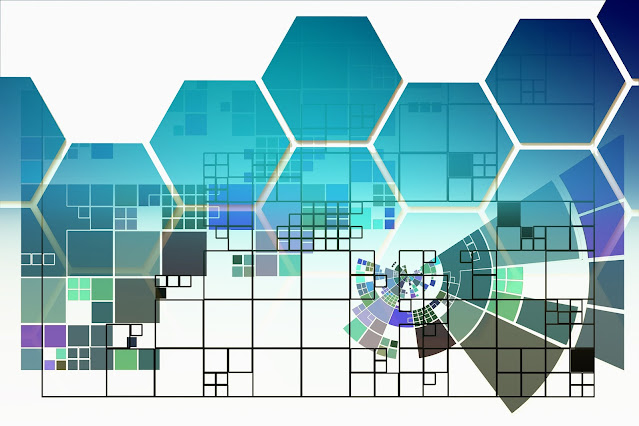 |
| CapCut Pro Mod APK Download Free |
In a world where video content dominates our screens, having the right tools at your disposal is crucial for standing out. Enter CapCut Pro, a video editing powerhouse that promises not just functionality, but an expansive creative playground. This isn’t just another editing app—it's a canvas for your imagination. Let’s delve into how CapCut Pro can transform your video projects and make them shine.
Discovering CapCut Pro: More Than Just an Editor
CapCut Pro isn’t just a step up from the free version; it’s a leap into a realm where your creative vision takes center stage. Think of it as the Swiss Army knife of video editing—versatile, powerful, and surprisingly intuitive.
What Sets CapCut Pro Apart?
1. Precision Tools for the Perfectionist
If you’re a detail-oriented creator, CapCut Pro’s enhanced editing tools will be your new best friends. The precision cut, split, and trim features allow for meticulous edits that ensure your video is just right. Plus, with multi-track editing, you can weave together audio and video like a maestro conducting an orchestra.
.jpeg) |
| CapCut Pro’s editing interface, highlighting multi-track editing. |
2. High-Resolution Glory
In a world where 4K is becoming the norm, CapCut Pro lets you export in stunning resolutions that make your videos pop. Whether you're showcasing your content on a high-definition monitor or a smartphone screen, your visuals will always look crisp and vibrant.
 |
| Export settings with 4K resolution options. |
3. Effects and Filters: Your Digital Palette
Imagine having access to a vast palette of effects and filters—this is CapCut Pro. Customize these to match the unique vibe of your project. Whether you’re going for a moody, cinematic look or a bright, energetic feel, the possibilities are endless.
4. User-Friendly Yet Powerful
One of CapCut Pro’s greatest strengths is its balance of power and simplicity. Despite its advanced features, the user interface is designed for ease of use. It’s like having a high-performance sports car with an intuitive dashboard—you get the speed without the complexity.
5. Integrate Seamlessly
From your camera roll to social media platforms, CapCut Pro makes importing media a breeze. This seamless integration ensures that your editing process is as fluid as your creative ideas.
Tips for Mastering CapCut Pro
Embrace Presets and Templates:
These can be lifesavers when you’re on a tight schedule. Use them as a springboard for your creativity, tweaking and adjusting to make them your own.
Play with Color Grading:
Dive into color grading to give your videos a polished, professional look. Experiment with settings to evoke the exact mood you want.
Fine-Tune Your Audio:
Good audio can make or break a video. Use CapCut Pro’s advanced audio tools to refine your soundscape, ensuring it complements your visuals perfectly.
Stay Ahead with Updates:
CapCut Pro is continually evolving. Keep an eye out for updates that introduce new features or improve existing ones, helping you stay at the cutting edge of video editing.
Conclusion: CapCut Pro as Your Creative Ally
CapCut Pro is more than just a video editor; it’s a gateway to creative freedom. Its advanced tools, high-resolution export options, and user-friendly interface make it a standout choice for both professionals and enthusiasts. By embracing its full range of features, you can turn your video projects into captivating stories.
Tags:
How To Download CapCut Pro
How To Download CapCut Pro In Free
CapCut Pro With All Features Unlocked
Unlock All Features In Free CapCut
How To Install CapCut Pro
























